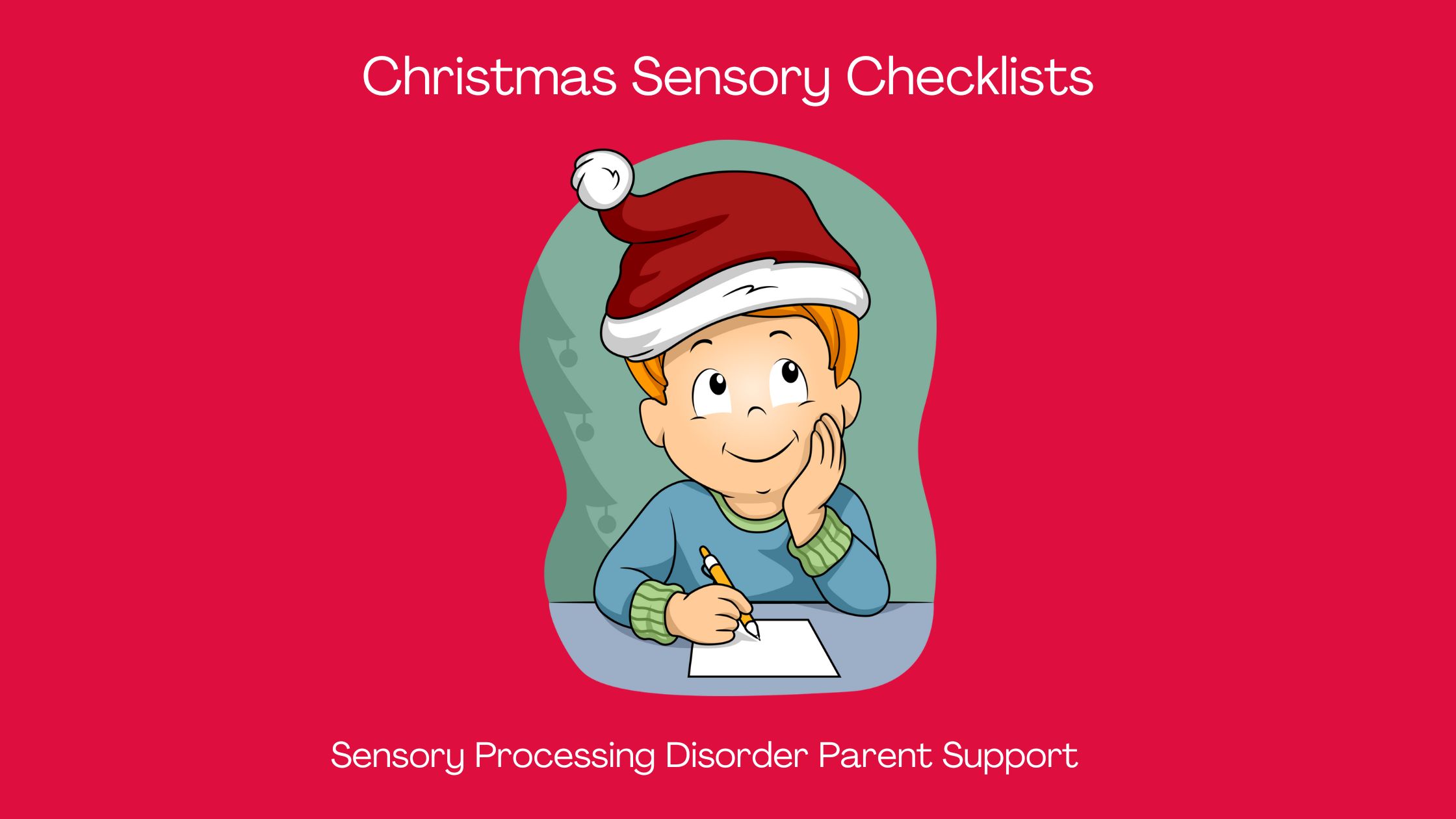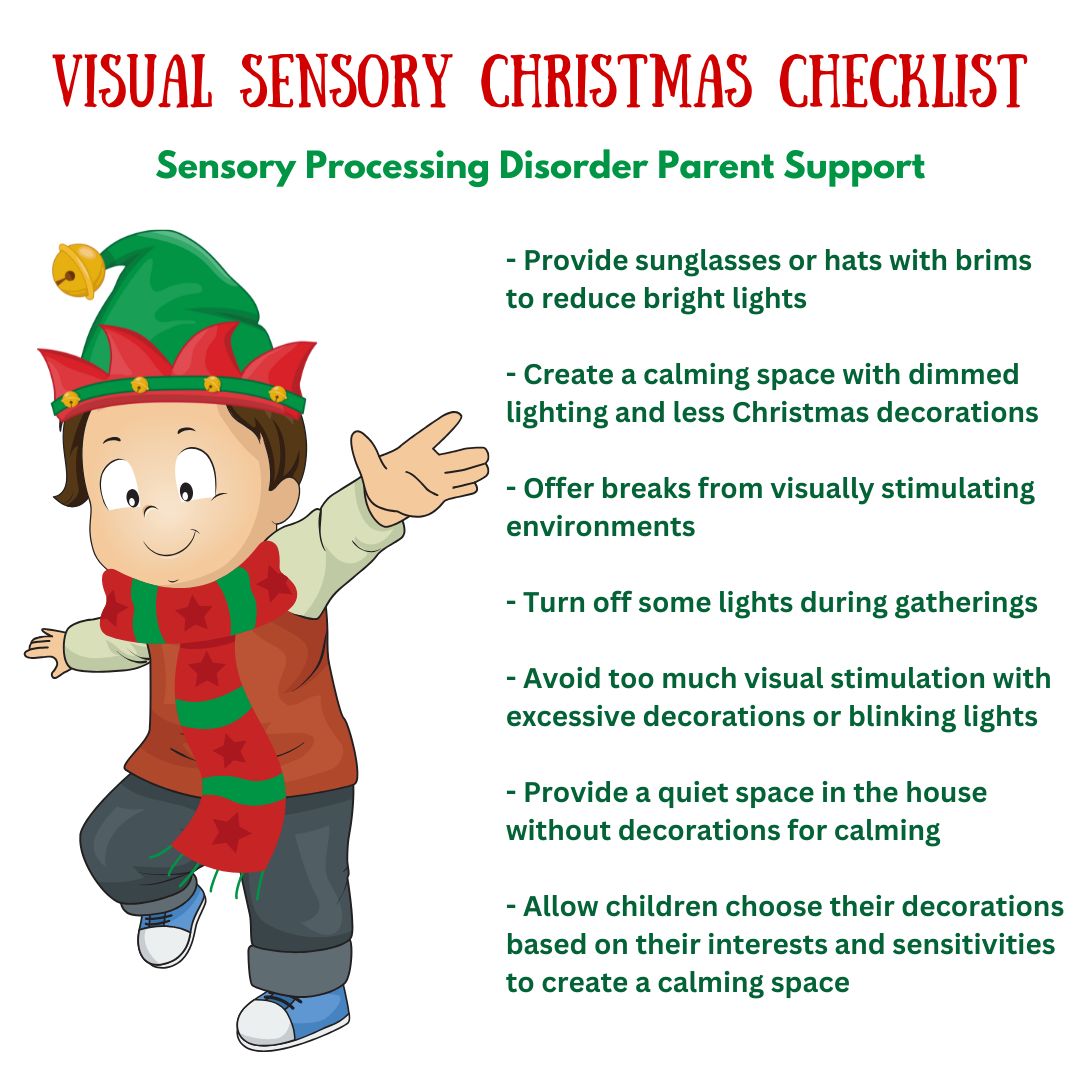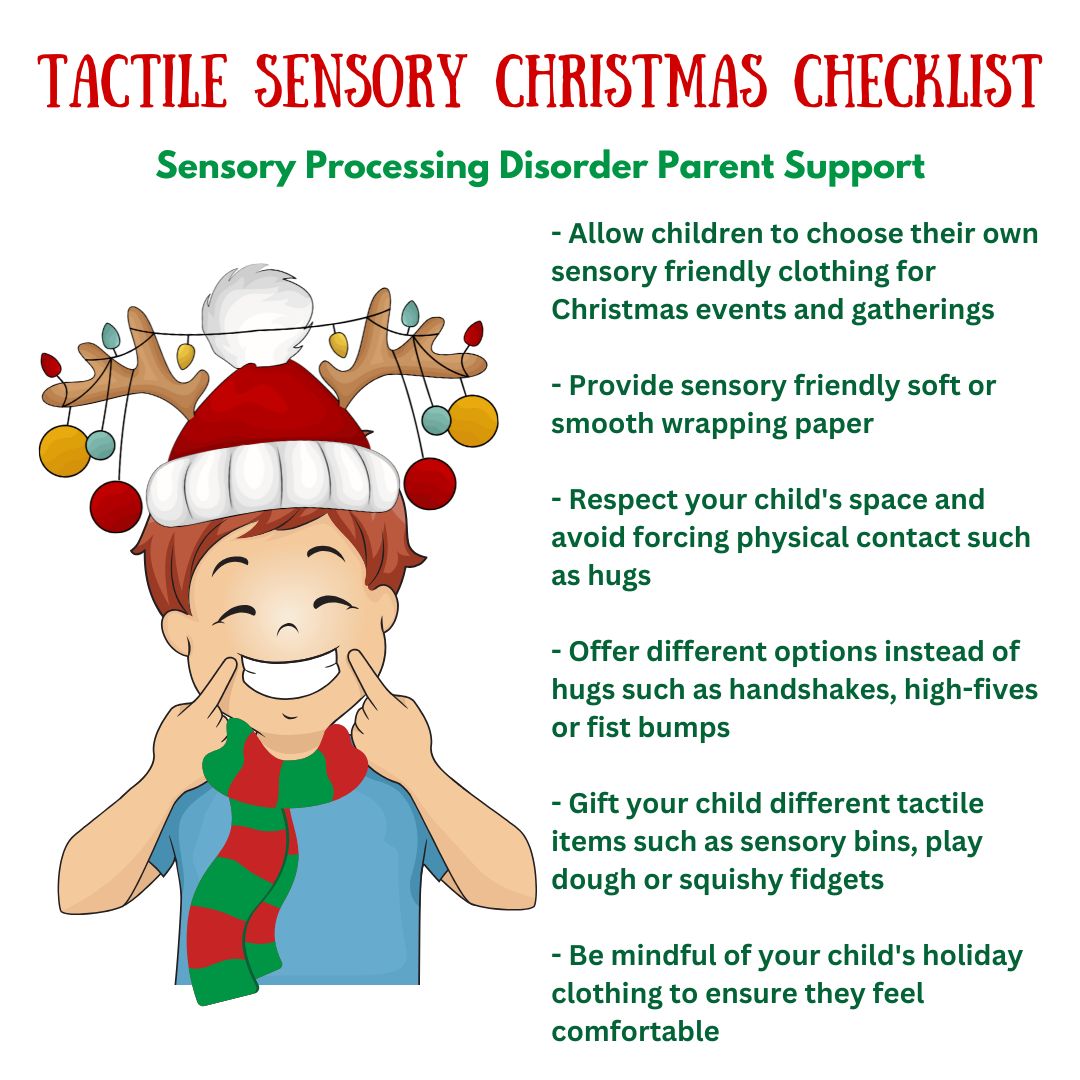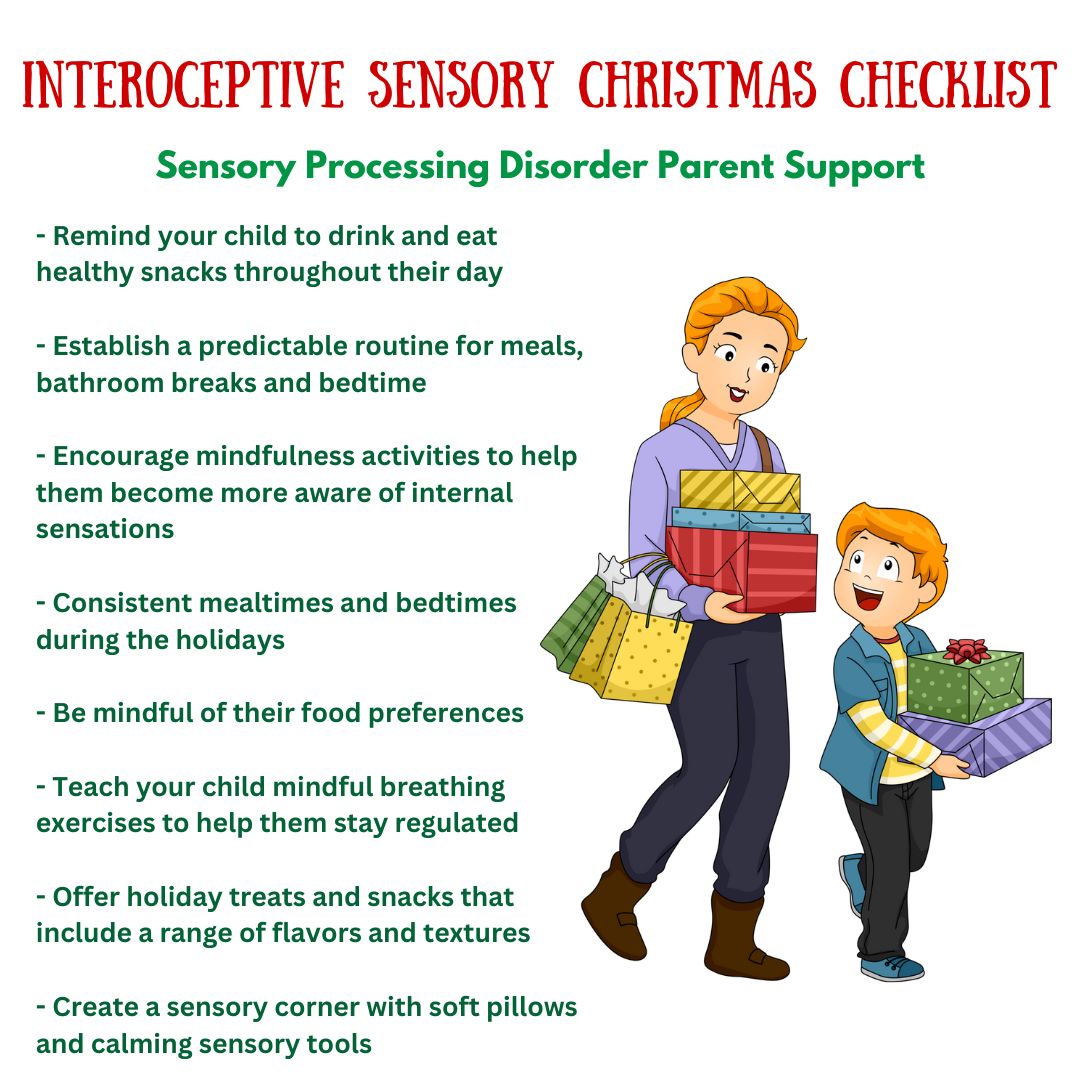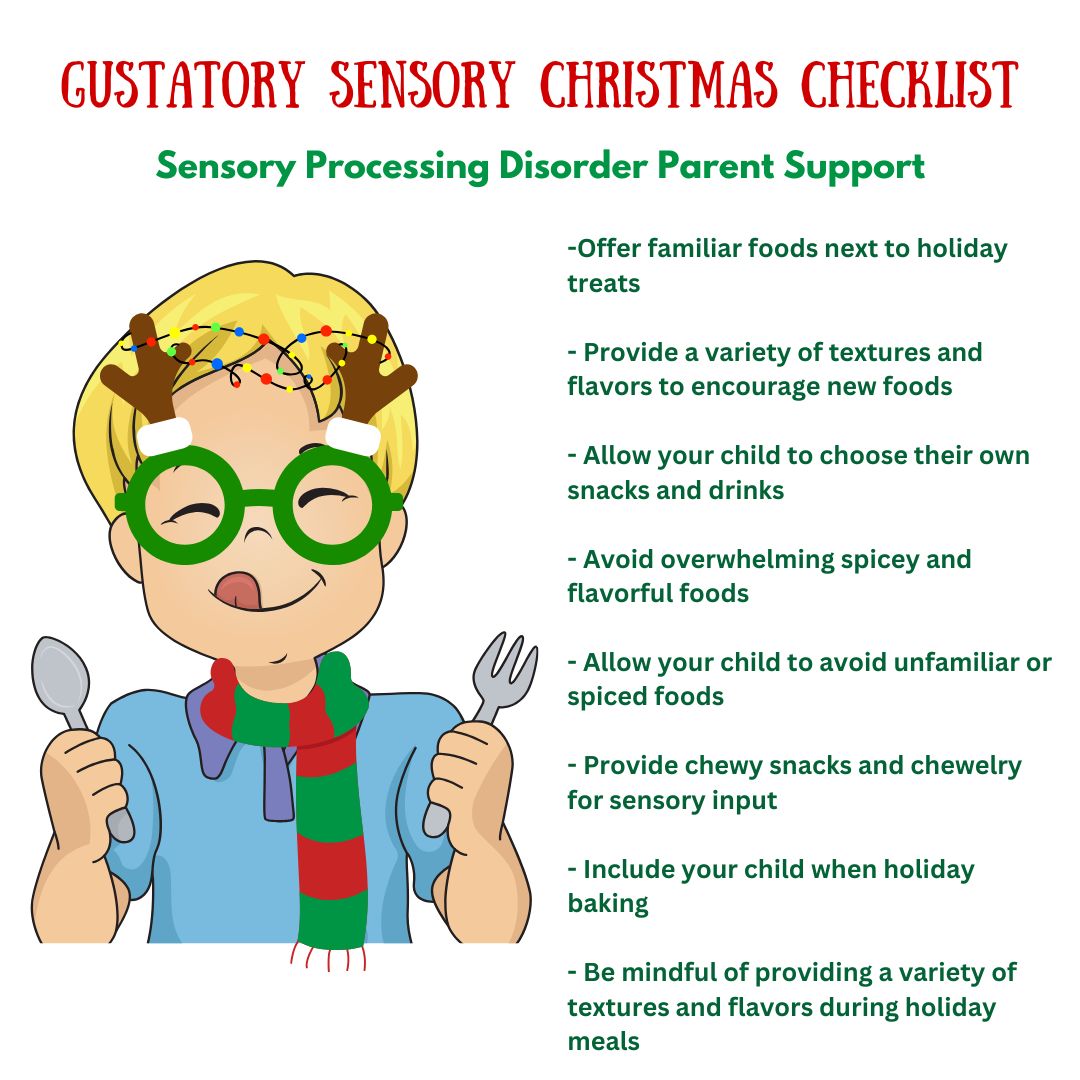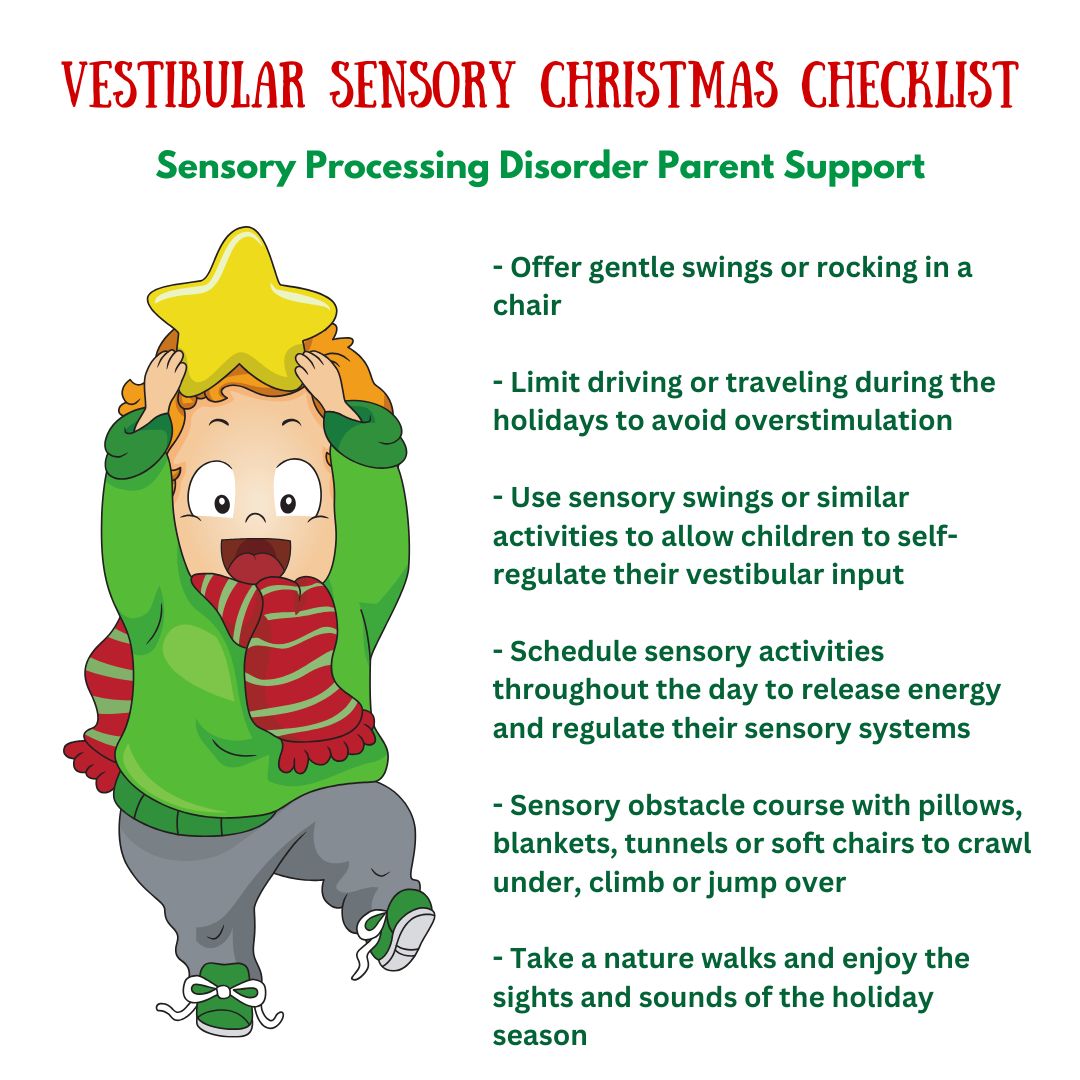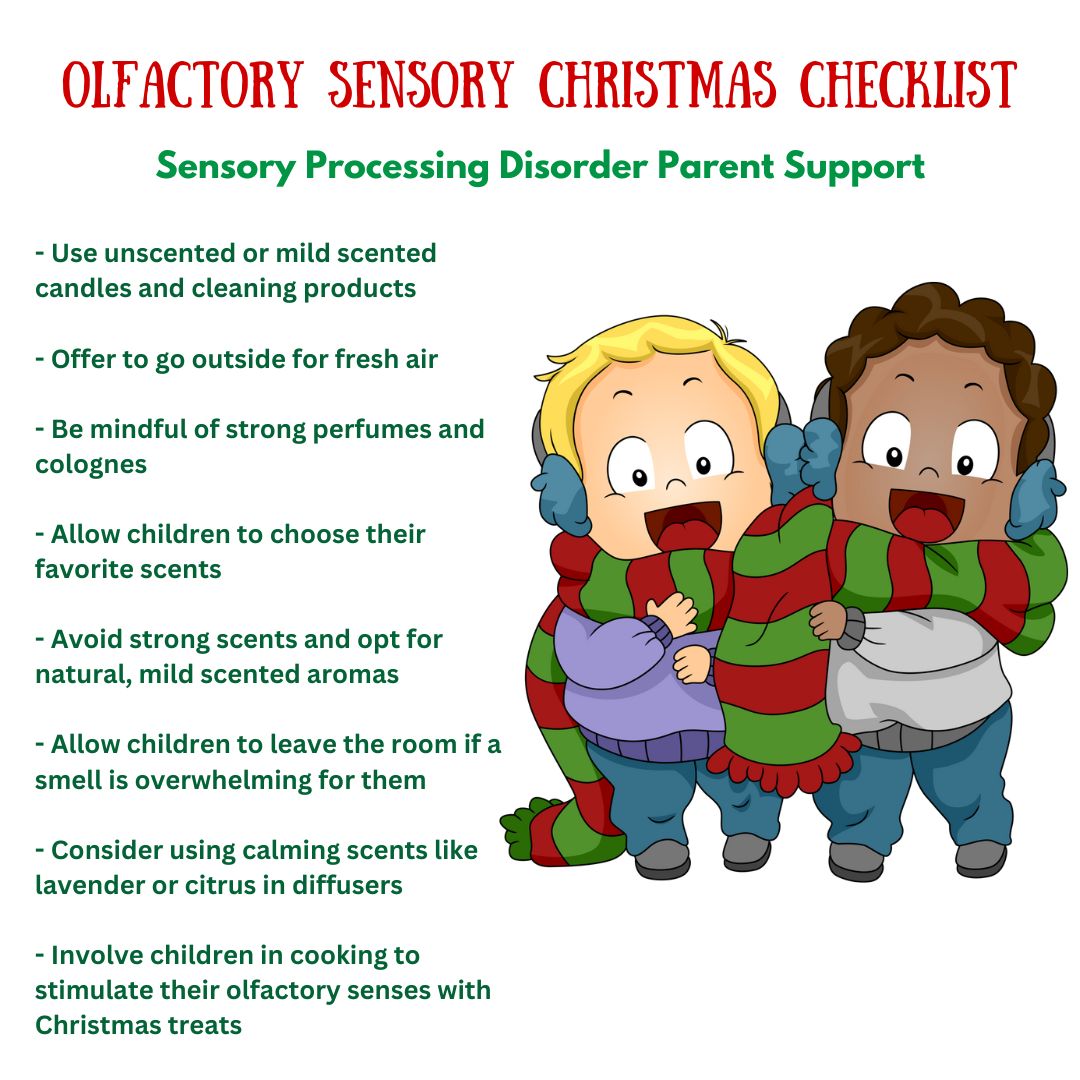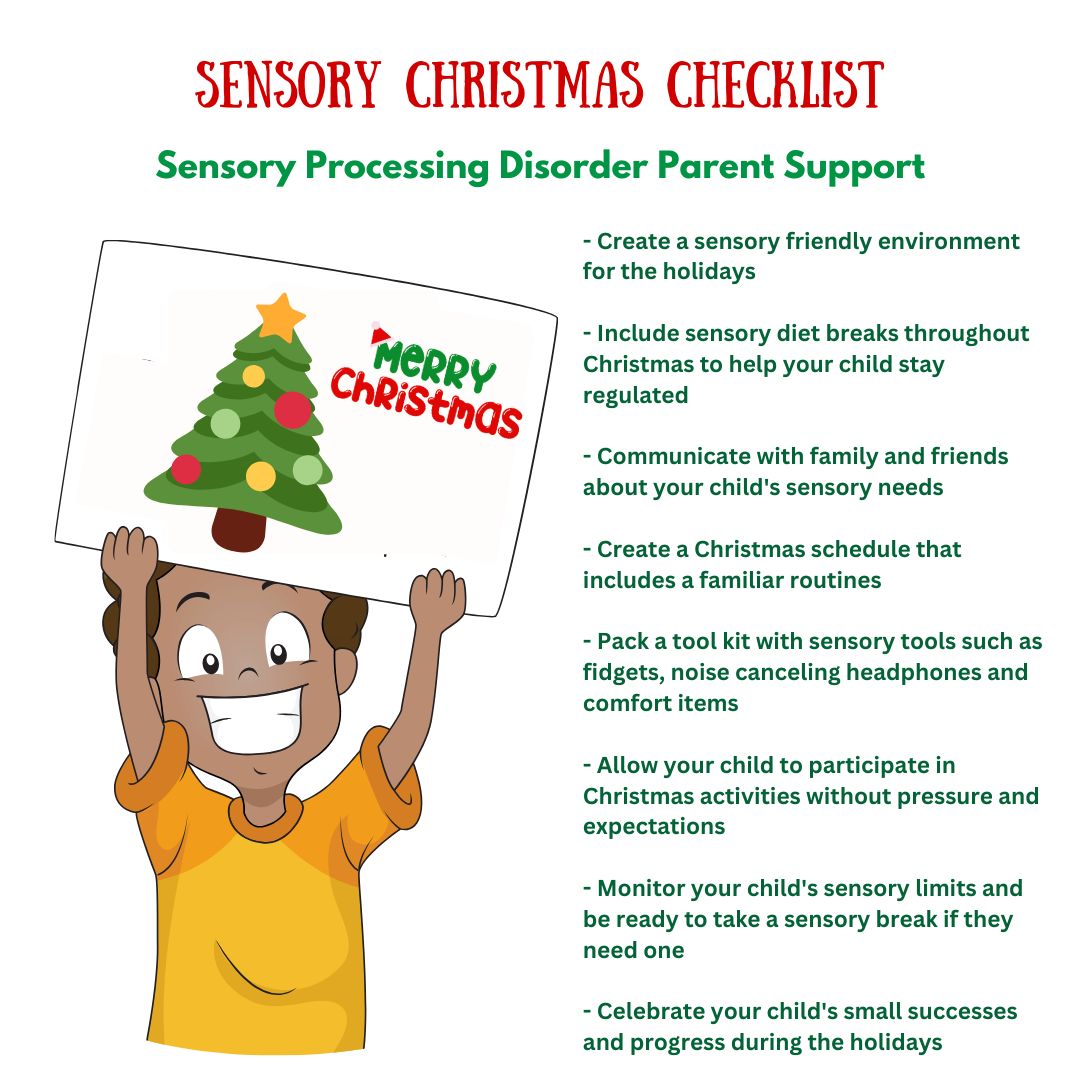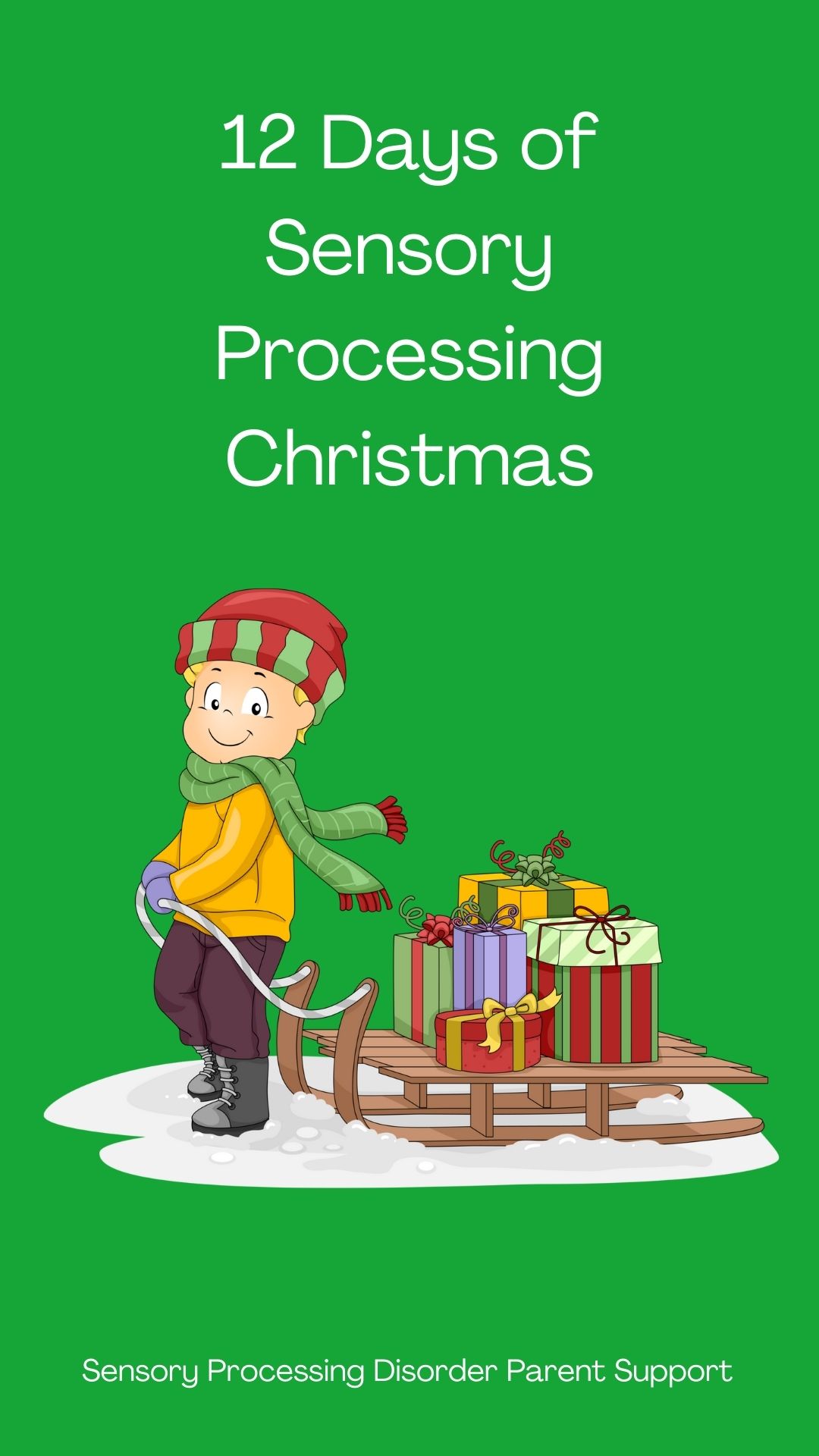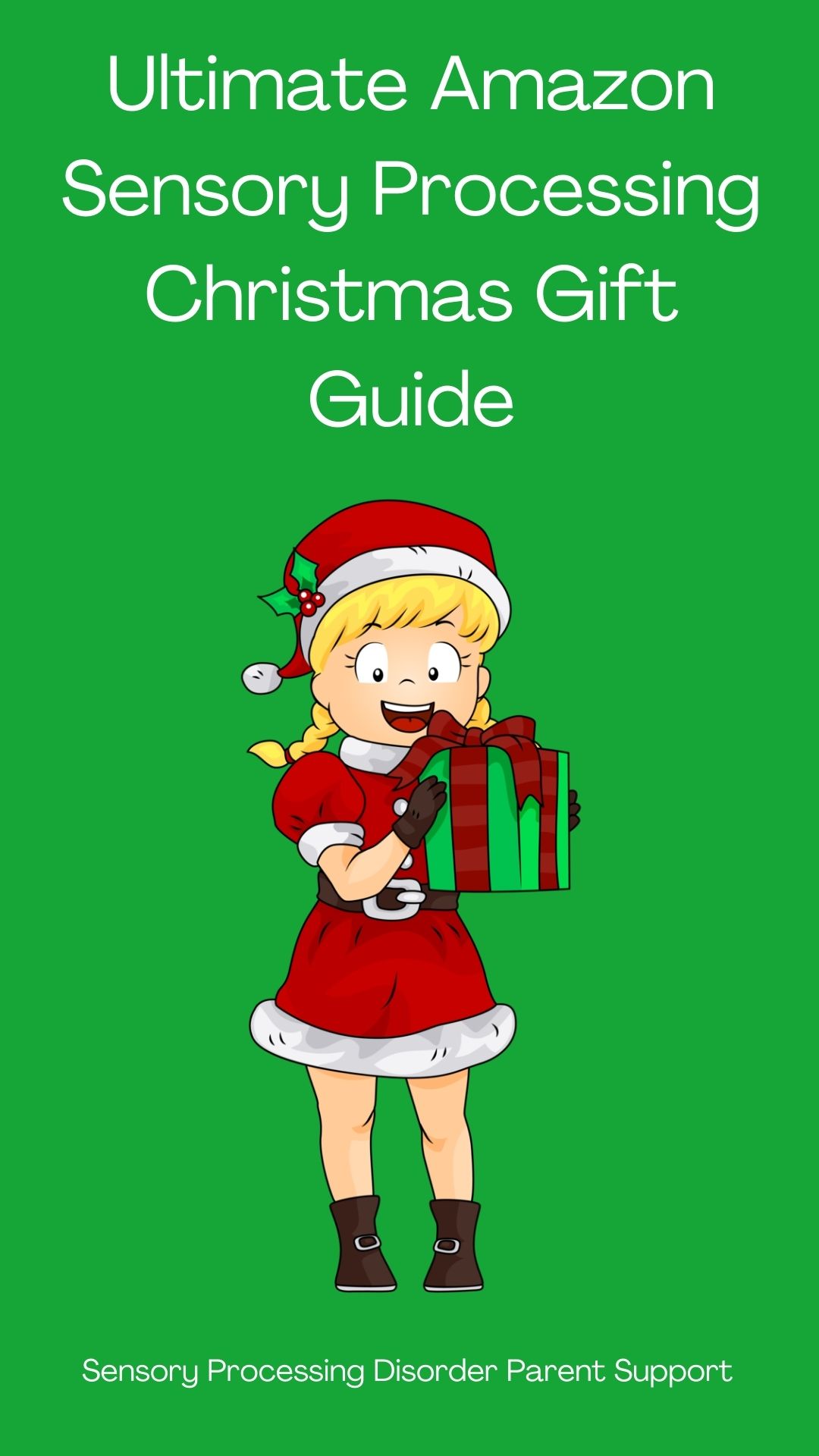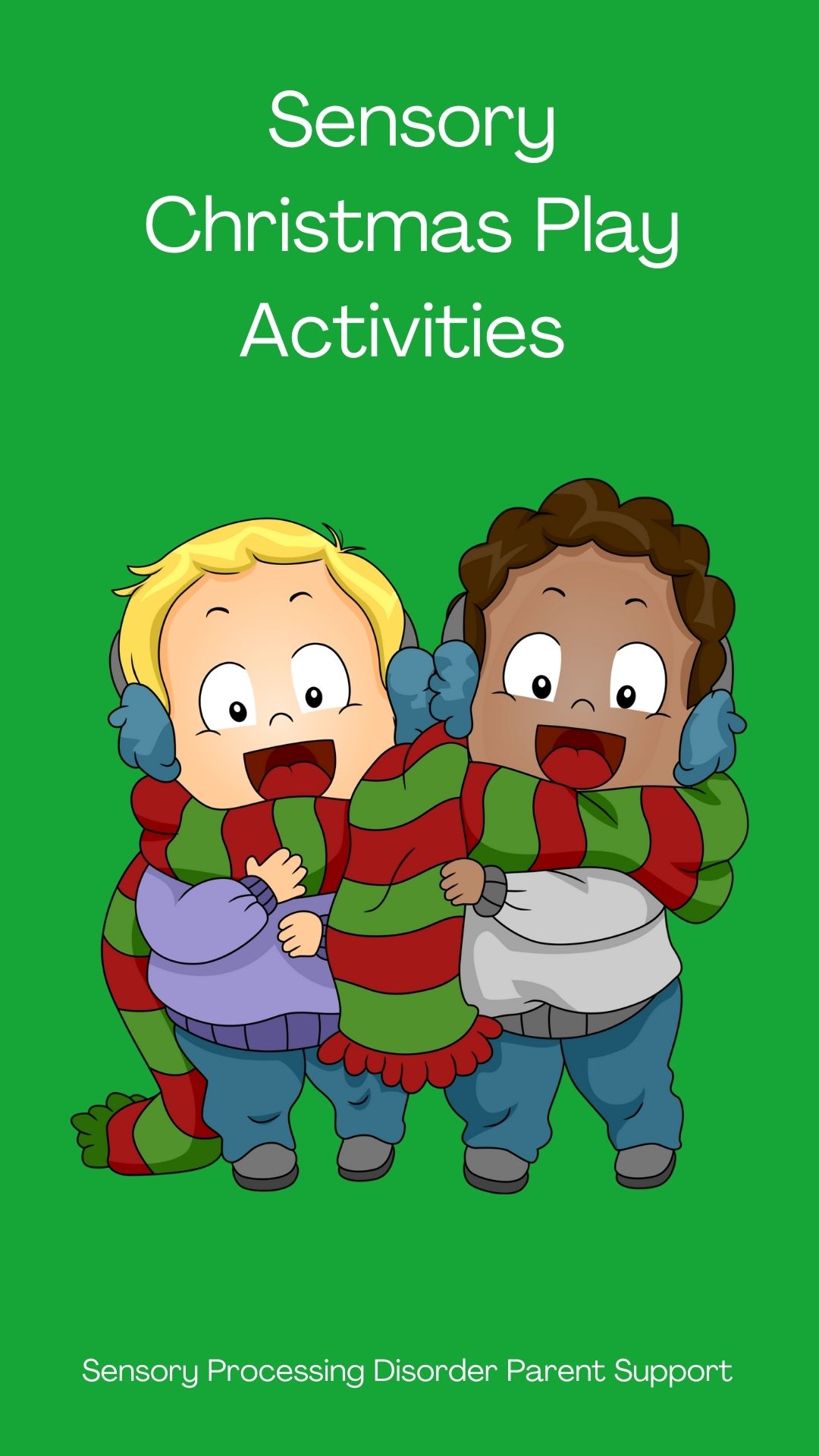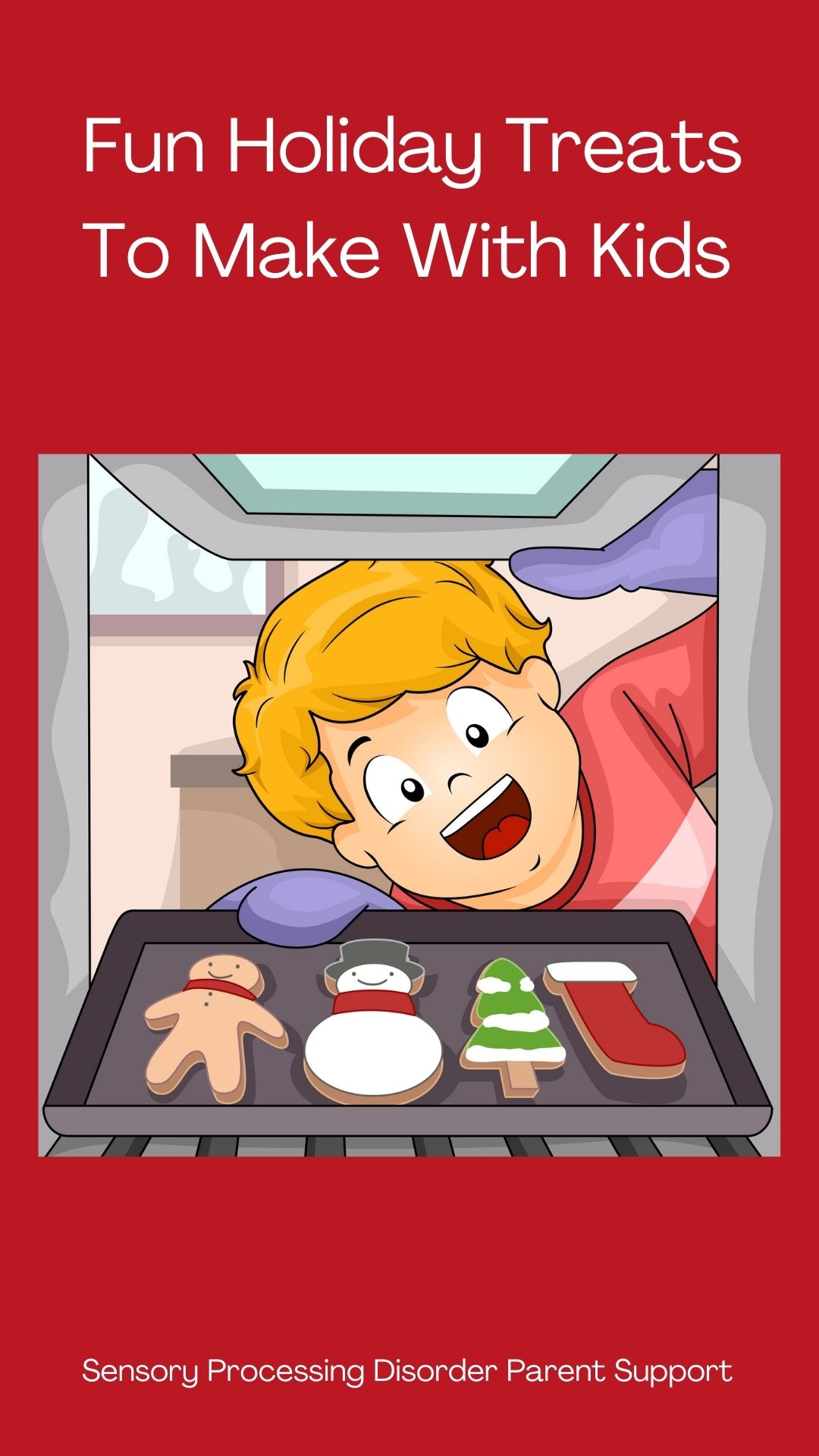
Sensory Processing Disorder Parent Support
Christmas Sensory Checklists
Children with sensory differences ... painting the world beautiful.
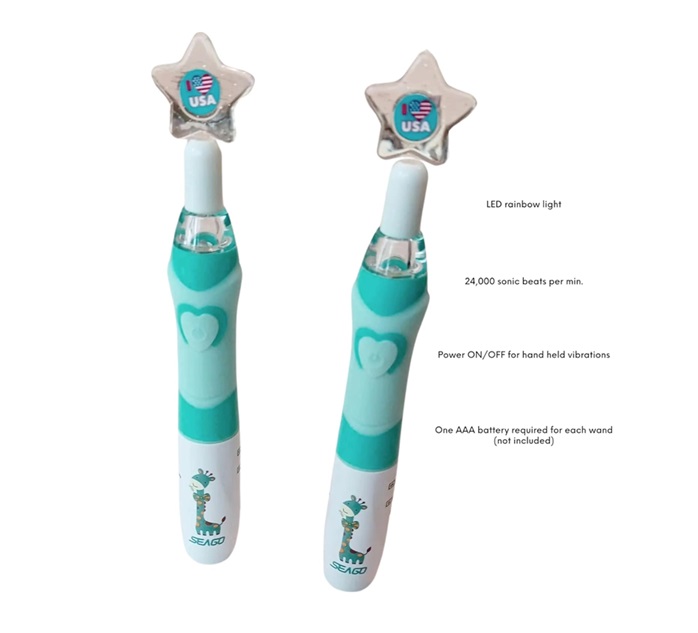
Sensory Calming Wands
Calming Vibration Self Regulation Tool
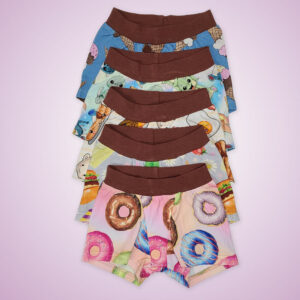
WunderUndies
Sensory Friendly Super Soft Bamboo Boxers

NoNetz
Boys Wave Regular Anti Chafe Swim Trunks
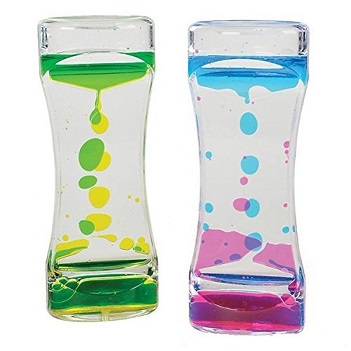
Amazon
Liquid Sensory Motion Bubble Timer Toy
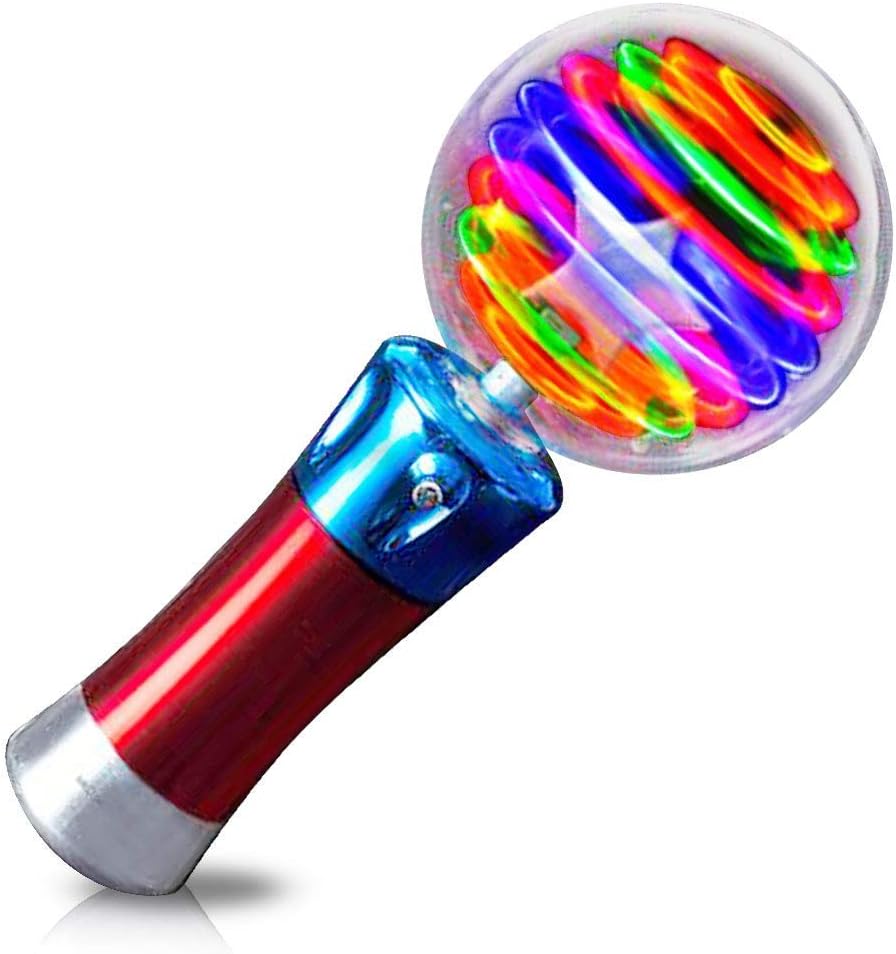
Amazon
Light Up Wand for Kids Flashing LED Wand
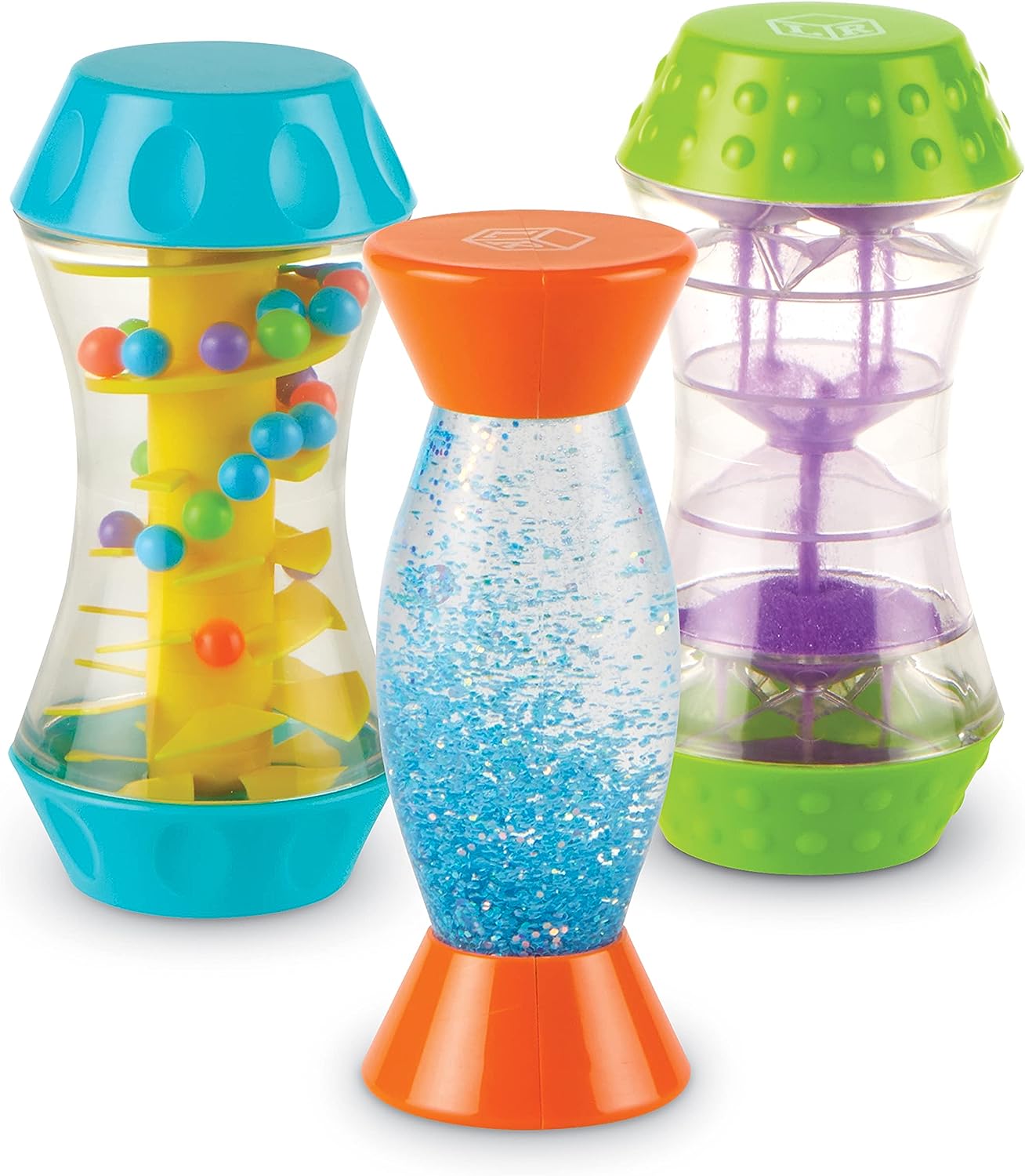
Amazon
Learning Resources Sensory Trio Fidget Tubes
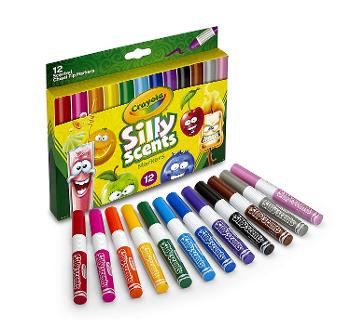
Amazon
Silly Scents Washable Scented Markers
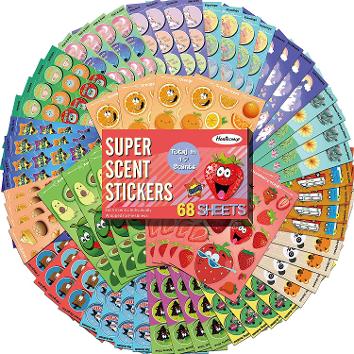
Amazon
Scratch and Sniff Stickers with Scents
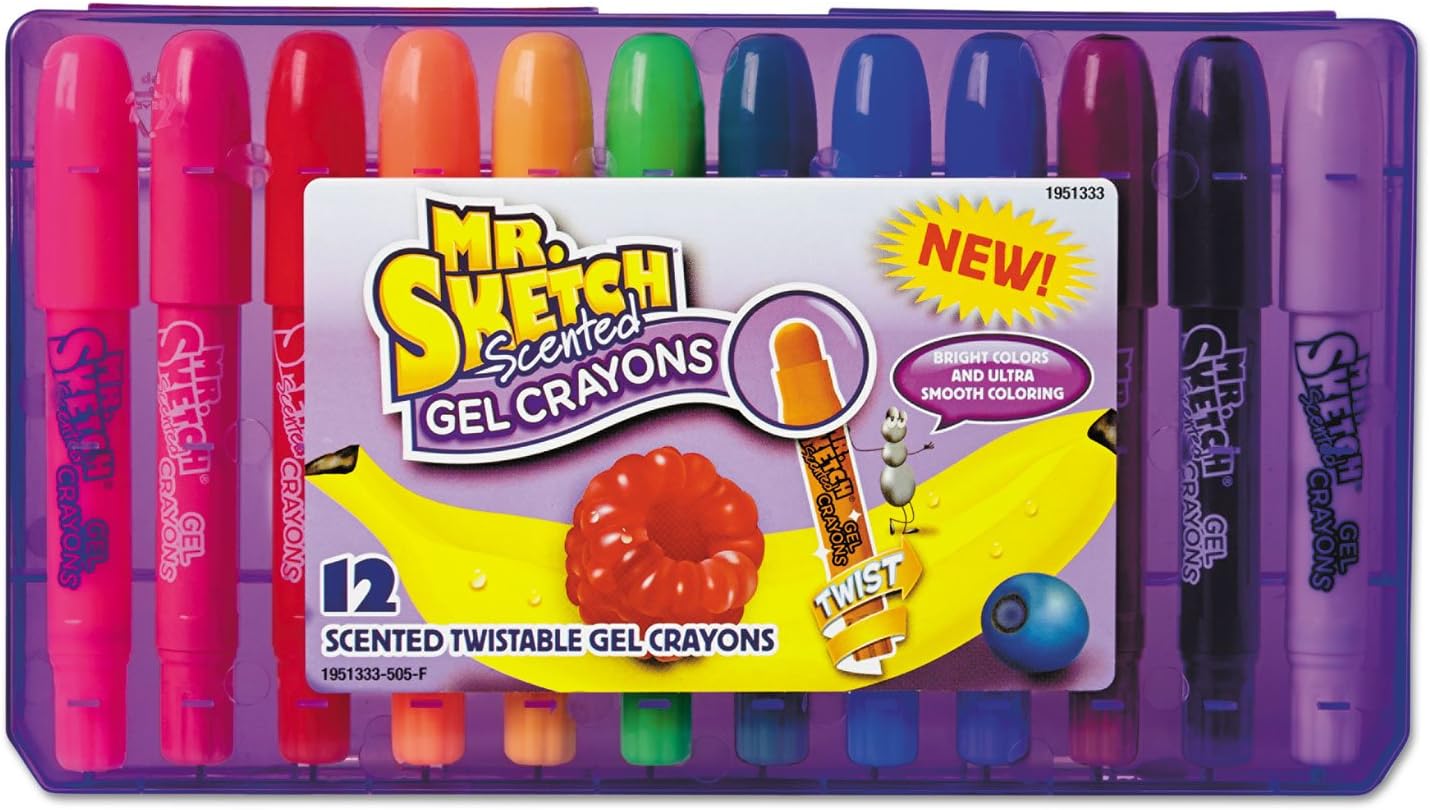
Amazon
Mr. Sketch Scented Gel Crayons
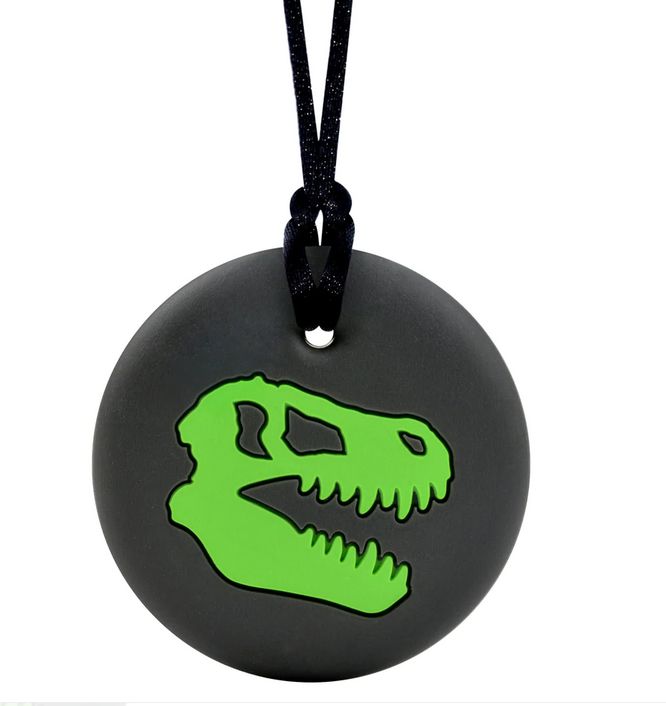
Munchables Chewelry
Dino Skull Chew Pendant
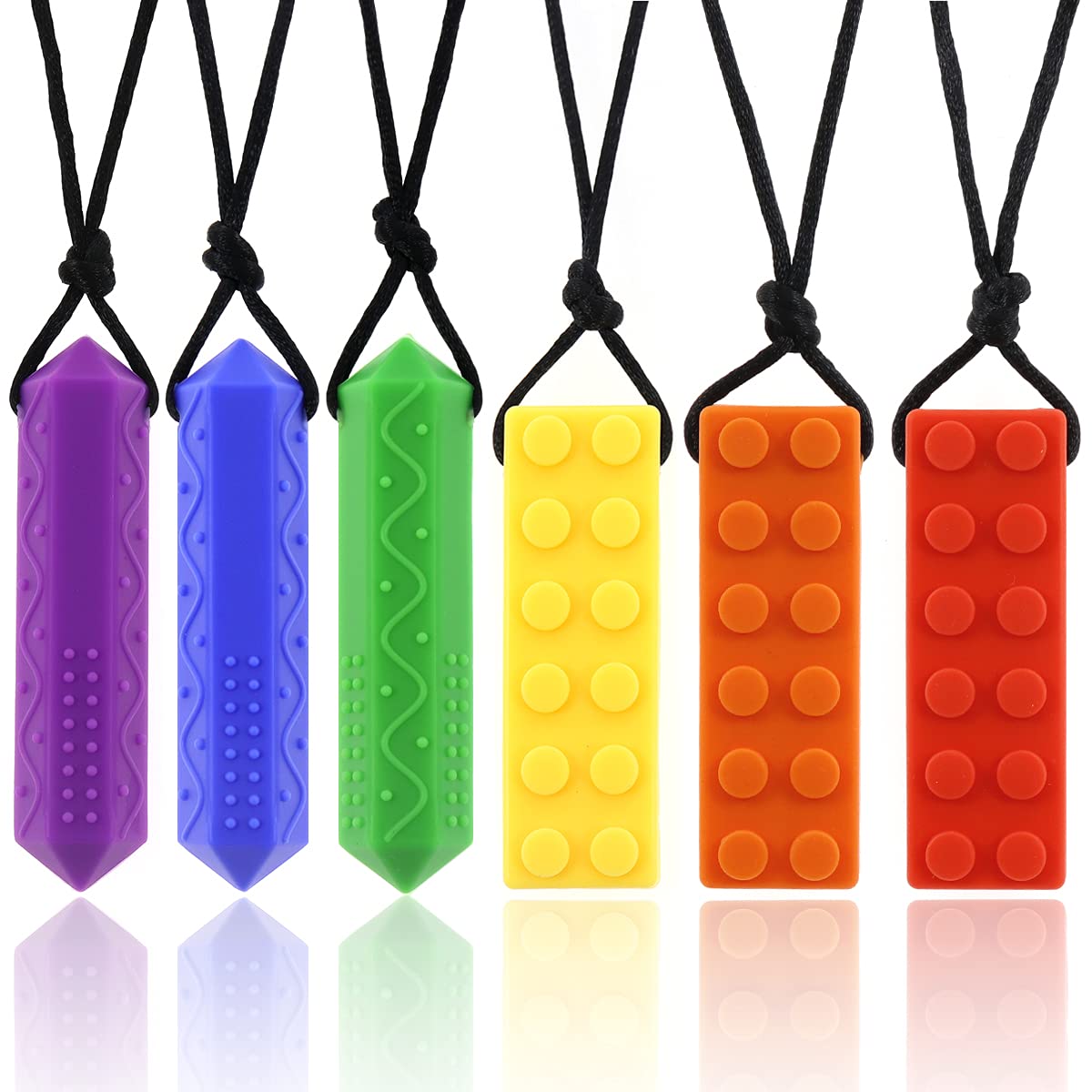
Amazon
6 pack Sensory Chew Necklace Pack

Gummy Chic
Boho Chew Sensory Bead Necklace
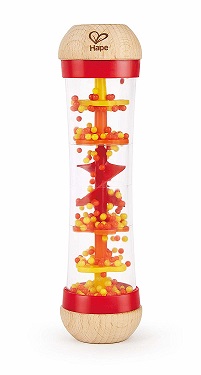
Amazon
Shake & Rattle Rainmaker Sound Toys
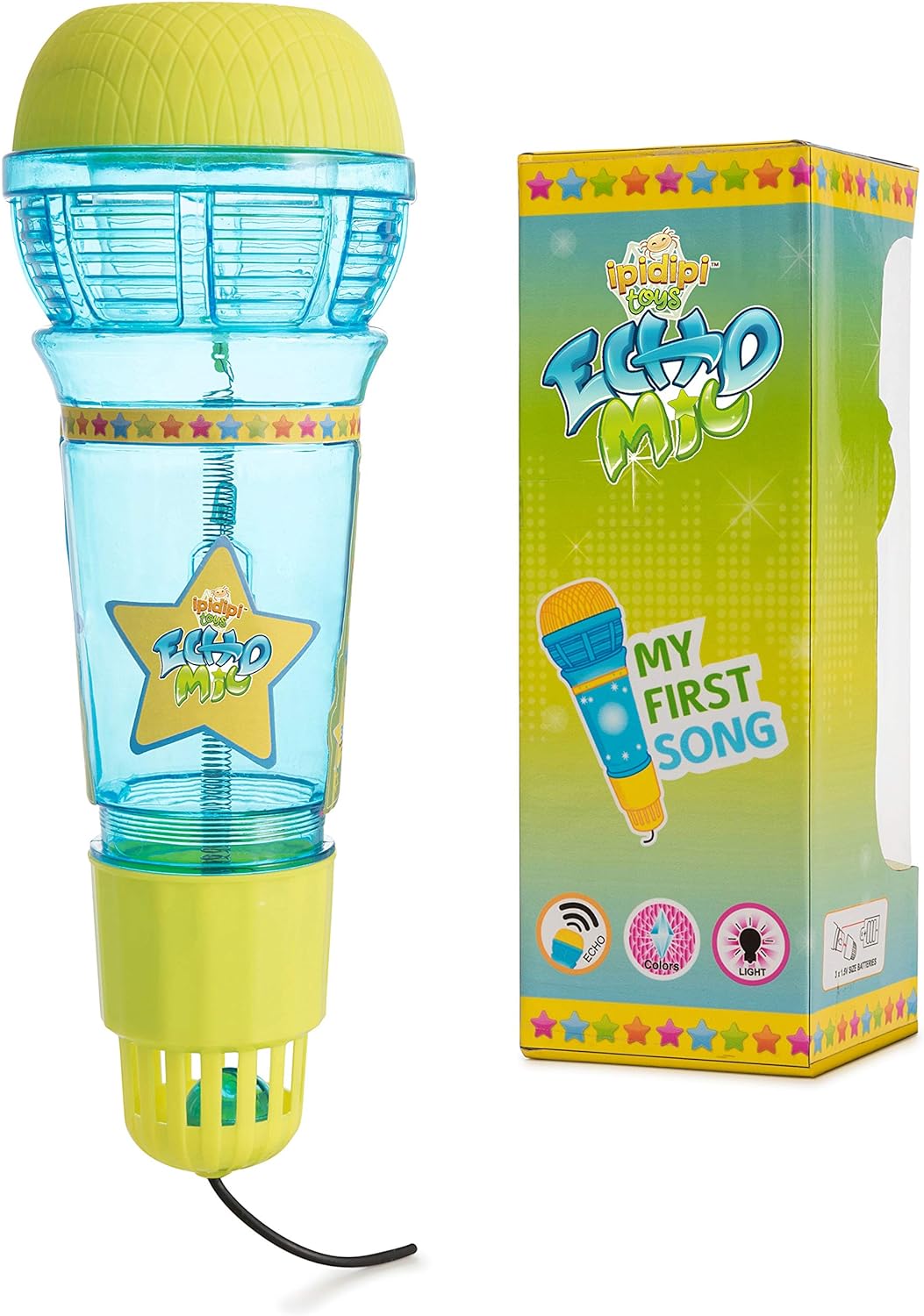
Amazon
Echo Mic Magic Microphone Auditory Toy
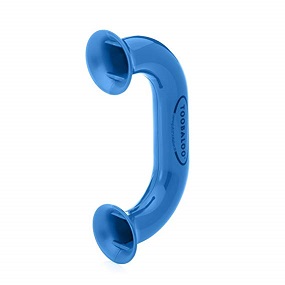
Amazon
Blue Toobaloo Auditory Feedback Phone

Amazon
Gaiam Kids Peanut Balance Ball
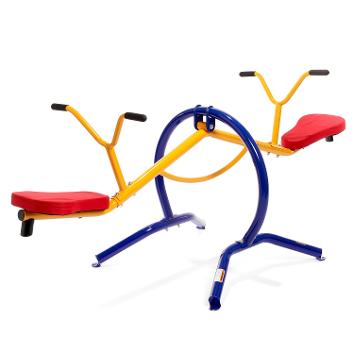
Amazon
Teeter Totter Gym Dandy
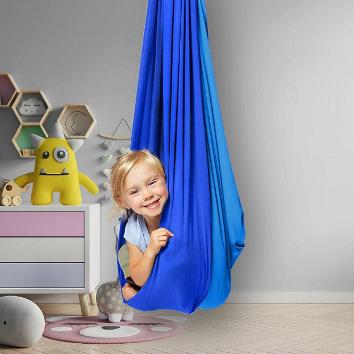
Savoiz
Savoiz Sensory Swing - Blue

Kozie Clothes
Kozie Compression Compression Shirt
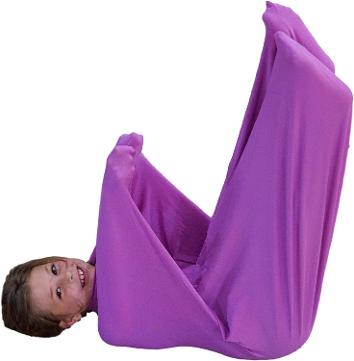
Amazon
Calming Sensory Sack Therapy Body Sock

JettProof
Boys Sensory Compression Leggings
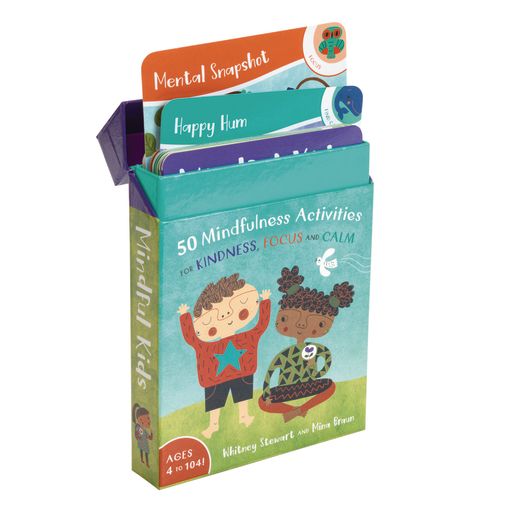
Therapy Shoppe
Mindful Kids: 50 Mindfulness Activities
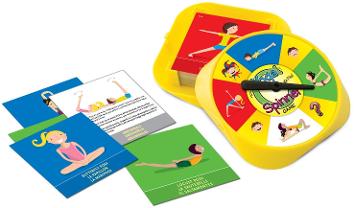
Therapy Shoppe
Therapy Shoppe Yoga Spinner Game
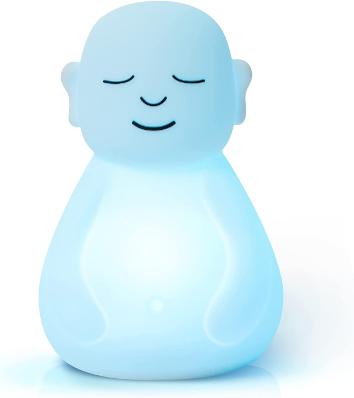
Amazon
Breathing Buddha Mindfulness Meditation
